Entomology
-
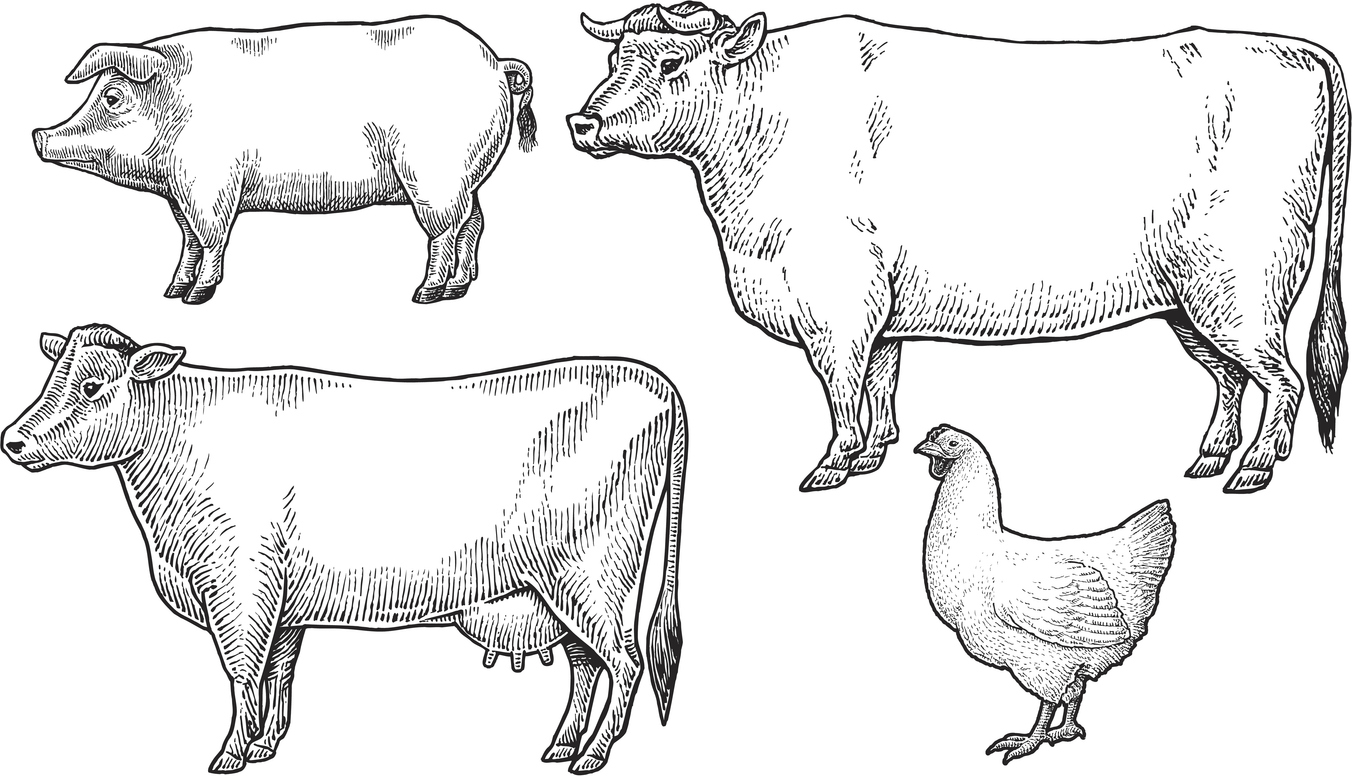
Commercial insect and parasite control in animals. Updated annually.
Keith S Delaplane, Nancy C. Hinkle, Raymond Fitzpatrick, and Allison Faye Johnson
|
-
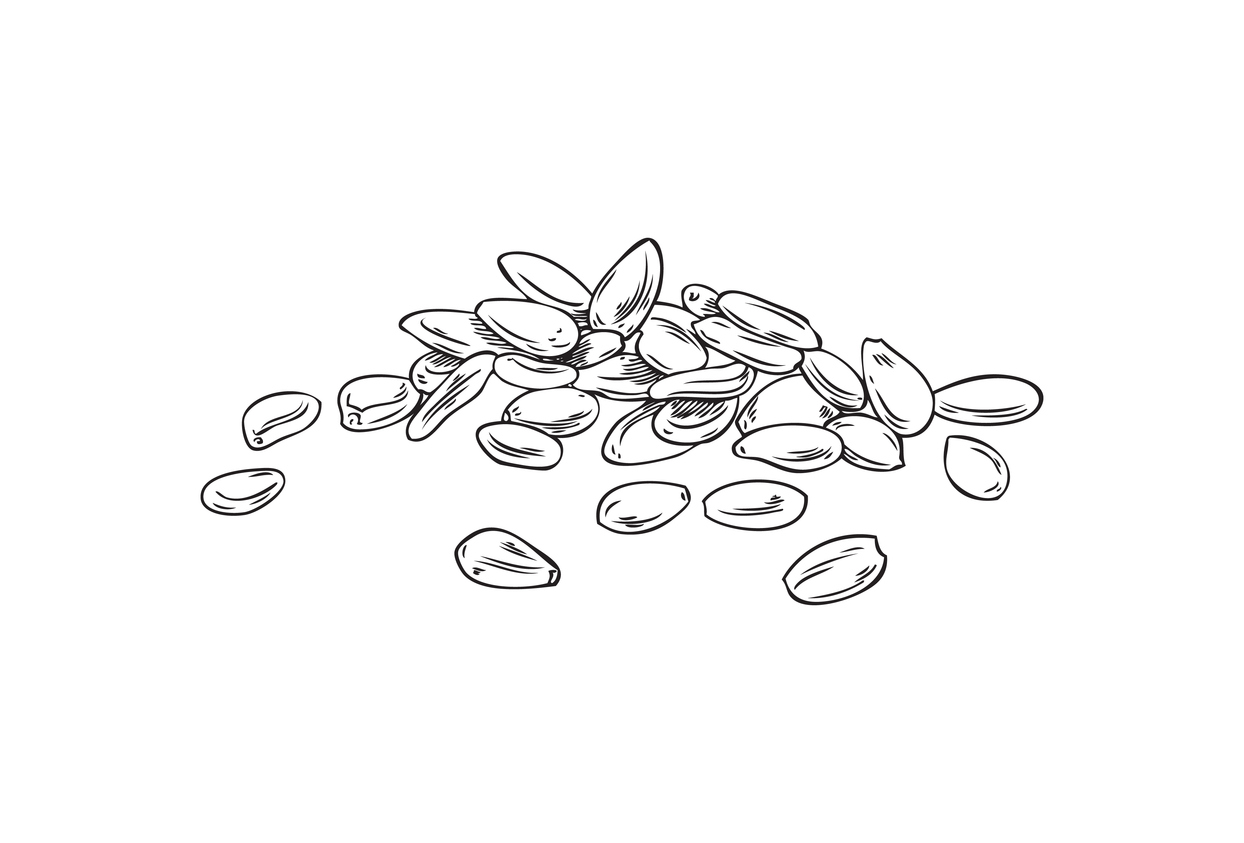
SB 28-26
Sesame
Commercial insect and weed control in sesame. Updated annually.
Eric P. Prostko and Allison Faye Johnson
|
-
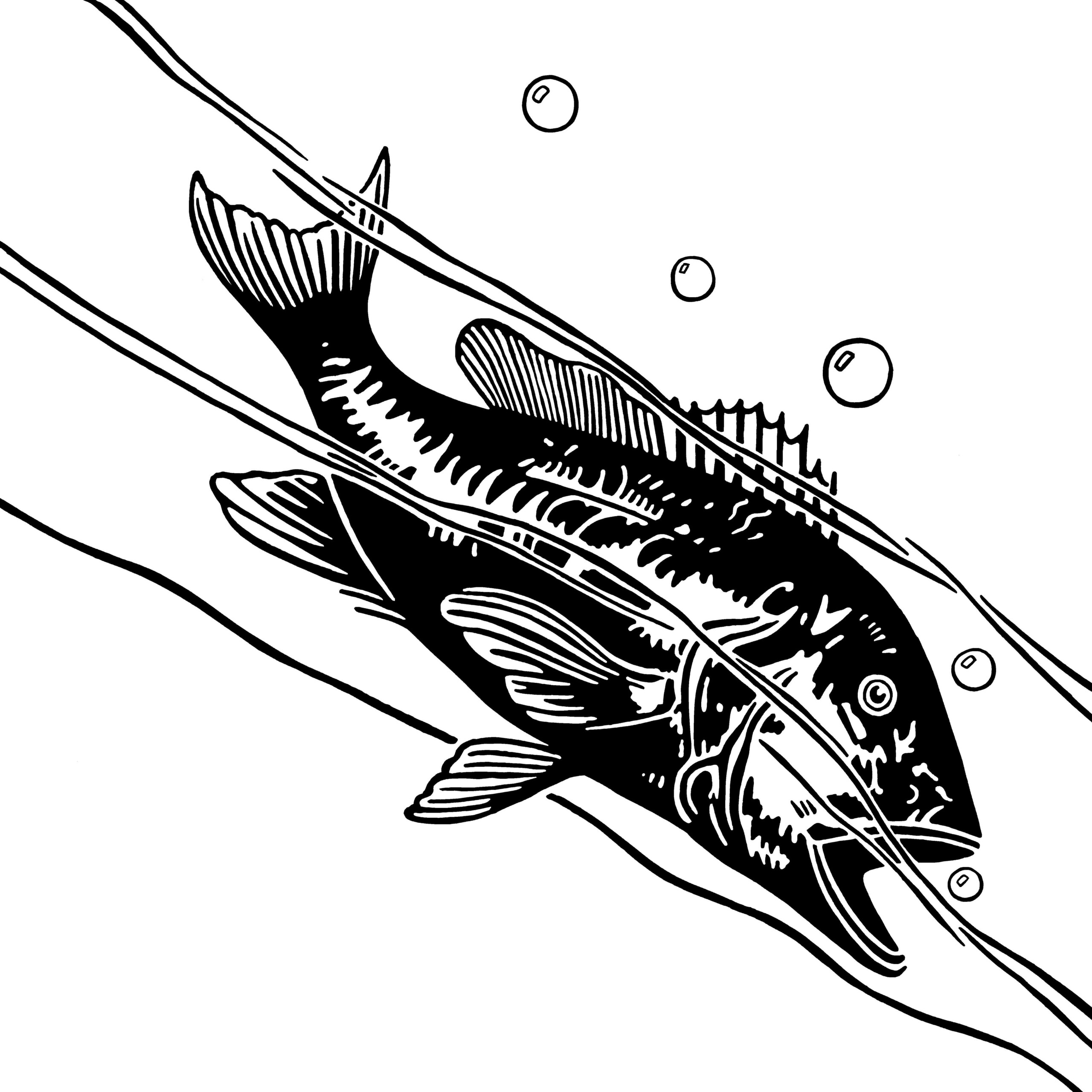
SB 28-12
Aquatic Environments and Fish Ponds
Commercial insect and parasite control in fisheries and aquatic environments. Updated annually.
Jay Shelton, Allison Faye Johnson, Braxton Grey Crews, and Wesley Gerrin
|
-
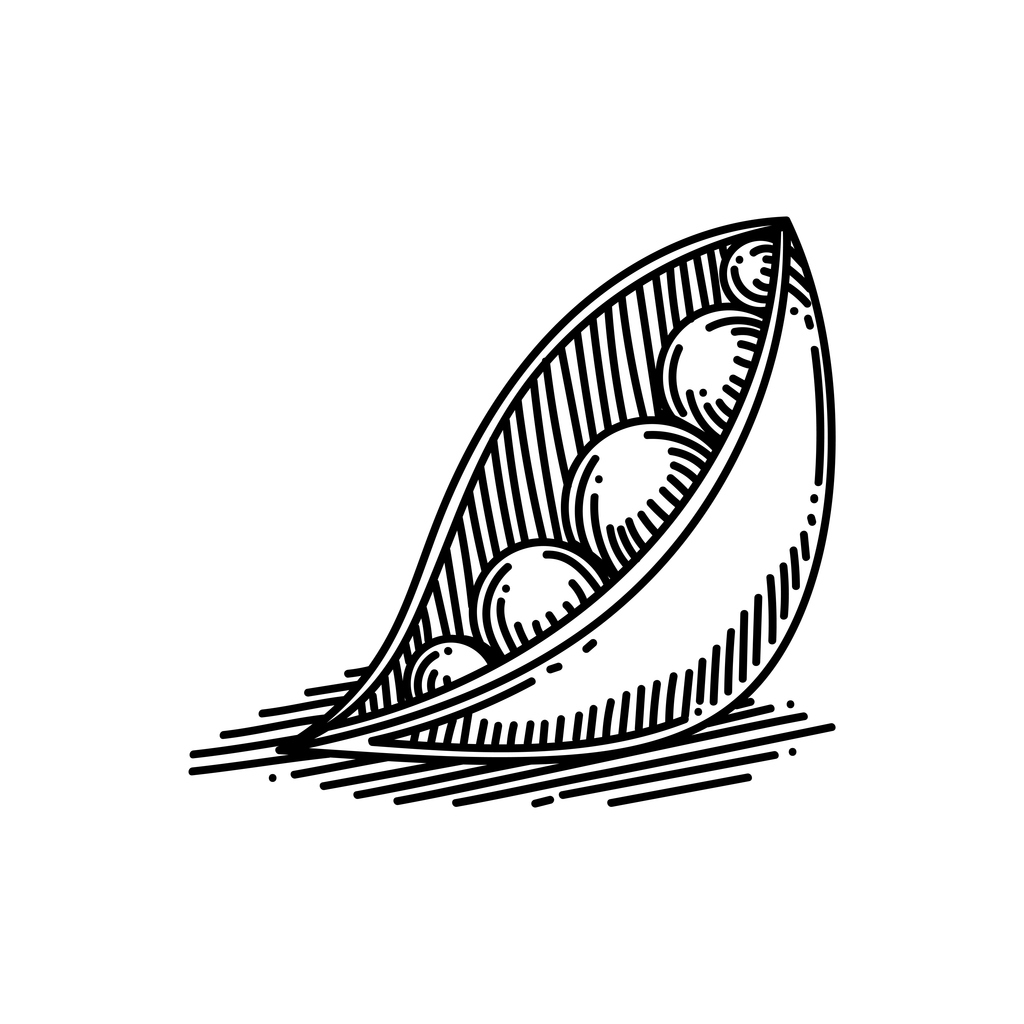
SB 28-28
Soybean
Commercial insect and weed control in soybeans. Updated annually.
Phillip Marion Roberts, G. David Buntin, Eric P. Prostko, Robert C Kemerait Jr, Allison Faye Johnson, and Michael D Toews
|
-
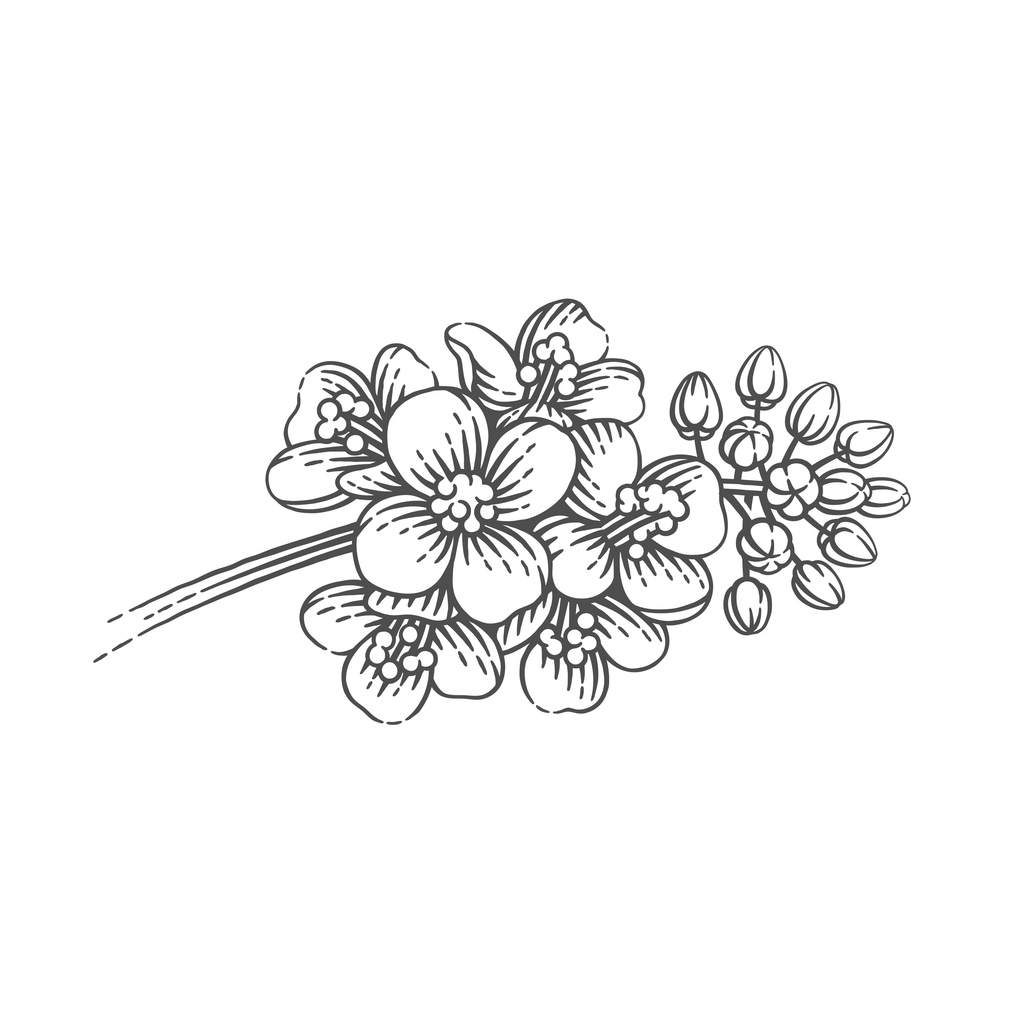
SB 28-13
Canola
Commercial insect and weed control in canola. Updated annually.
G. David Buntin, Eric P. Prostko, and Allison Faye Johnson
|
-
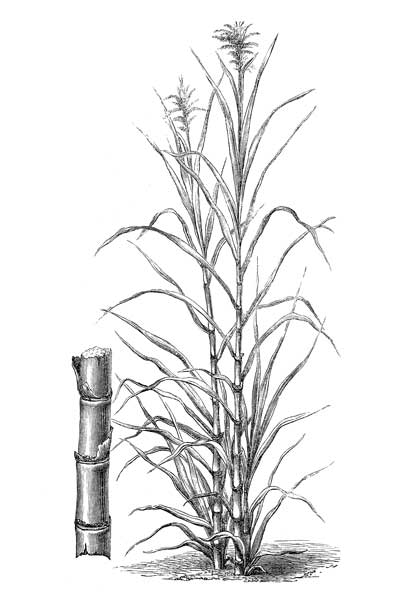
SB 28-29
Sugarcane
Commercial insect and weed control in sugarcane. Updated annually.
Eric P. Prostko and Allison Faye Johnson
|
-

SB 28-14
Clover
Commercial insect and weed control in clover. Updated annually.
Allison Faye Johnson, Lisa Baxter, and Taylor Randell Singleton
|
-

SB 28-30
Sunflower
Commercial insect and weed control in sunflowers. Updated annually.
G. David Buntin, Eric P. Prostko, and Allison Faye Johnson
|
-

SB 28-15
Corn and Field Corn
Commercial insect and weed control in corn and field corn. Updated annually.
G. David Buntin, Eric P. Prostko, Robert C Kemerait Jr, and Allison Faye Johnson
|